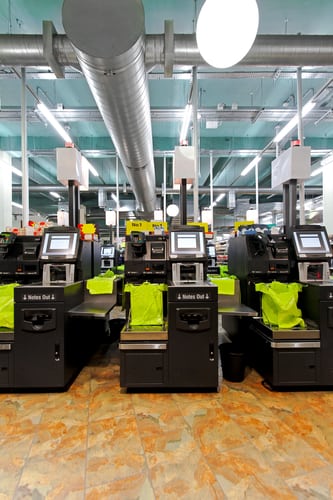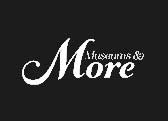
Retail Automation: How Far Will It Go?
The concept of automation has roots that go back centuries. Ancient Greek and Arabic societies had simple devices to put out lamps or regulate the flow of ships without needing active human participation.
Our modern beliefs about automation stem from the 1800s and are generally particular to the manufacturing process. Our visionaries of two centuries ago could not see the use of automatic processes in retail, which makes modern futurists wonder about the retail automation in the 21st century.
Retail Automation Defined
Any company that exchanges a product or a service with the general public is in the retail business. This includes grocery stores, online distributors and service providers. Even banks are considered retailers in that they “sell” money and financial services. It is in the banking industry that we see some of the greatest shifts from personnel generated service to retail automation.
The most commonplace, ATM kiosks, have radically changed the way we do financial business. ATMs replace the need for live tellers that distribute cash. They also increase quality assurance by adding control mechanisms to bypass user error. Less obvious automation processes in the financial industry include credit cards, which eliminate the need for cash-based retail transactions.
The Personalities of Automation Users
The limiting factor of the mechanization revolution in retail is the user. As long as there are people who want the convenience and innovation that automation offers then the systems and applications will continue to grow.
Researchers are looking into the personality types and behavioral criteria of devoted users of automation. The use of self-checkout devices in grocery stores was compared to consumer’s beliefs. They found that self-reported comfort with the level of technology was a large factor in the use of self-service check out machines. This skews the demographics in the direction of the lower age groups. It will be on the backs of the millennial generation that the increase in retail automation will ride.
Unobtrusive Automation
ATMs and self-checkout machines are examples of obvious evolutions in automation technology, but it is the tech that we do not see that will play the largest roles in the continued growth of automation. Integrated into new product systems are RFID tags that use radio frequencies to automate the point of sale and inventory operations in a company. This information can be uploaded into cloud-based data backup systems so that a business can remotely monitor consumer requests and put the proper workings into motion down the supply chain. The point of sales origin could be a website, mobile device or in-house kiosk.
Though the process would be fully automated, even down to the payment mechanism, the consumer will never know that human involvement was not necessary. What they will see is the ease and lower price associated with purchasing from this kind of company.
Down The Supply Chain
Behind the scenes of the automation, there is a lot of supply chain space. Microsoft has developed a line of retail software solutions that allow for automation at various points in the supply chain, all originating from the multiple point-of-sales locations that are associated with most businesses. Their software is touted to be able to be integrated across platforms, making the outlook for this type of automation almost limitless.
Photo Credit: Image provided by Social Monsters with permission to use.














